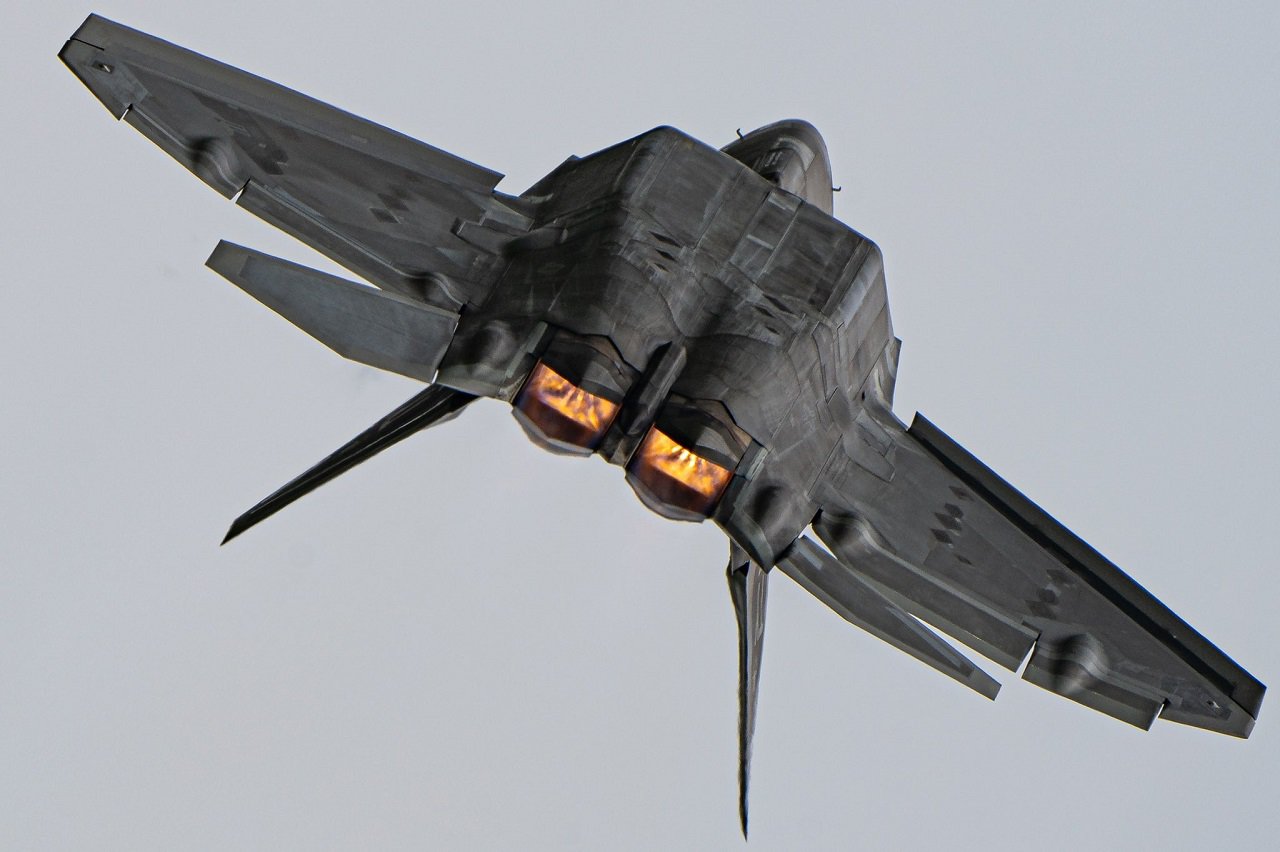Pundits and politicians are in high dudgeon over the supposedly horrific violation of U.S. sovereignty perpetrated by a Chinese spy balloon. Those of us over 50 years old, though, are experiencing a moment of nostalgia and a few chuckles over the seeming resurrection of Cold War-era spy vs. spy gamesmanship.
In the late 1980s, a group of supposed young tourists from communist Czechoslovakia, driving a van reminiscent of the hippie era, traveled the U.S with a hang glider strapped to the van’s roof. Dubbed the “Flying Karamazov Brothers” by the interagency counter-intelligence folks tracking them and their exploits, they had a penchant for flying their hang glider while taking photographs over and near U.S. nuclear facilities and airbases, including a supposed failed attempt to drift over famously secret areas of Nevada.
Intelligence Value
Congresspersons and others who excoriate the Biden administration for not shooting down the balloon much earlier come across as neophytes — they seriously misunderstand the world of intelligence and counterintelligence. There was much more to gain by letting the balloon follow its course. It is a high-tech version of interrogating a spy if captured.
There is some measure of truth to the Defense Department’s statements that they deliberately postponed shooting down the balloon until it transited over the ocean. A shootdown over U.S territory could indeed have caused collateral damage on the ground, as a seven-mile debris field off South Carolina attests — although the empty spaces of Montana should have provided ample opportunity to avoid hitting populated areas.
But the better explanation, one that is part of the game of espionage, is to exploit the counterintelligence potentialities. The first goal of counterintelligence is often to countersurveil, to learn by observing. This means you should not shut down the activity.
The Defense Department undoubtedly realized early on that China had dropped into its lap a rare opportunity to mine the balloon and its activities for information on China’s capabilities, intelligence targets, and security concerns. After shooting it down over the ocean, we can now examine the balloon’s instrumentation and technical specifications, and this helps plan future responses to similar provocations.
The risks of the Chinese learning anything really important were probably calculated as low. The value of balloon surveillance over other methods of intel collection — satellites, cyber, and humint — could at most be marginal. Perhaps this tool can acquire better-resolution photos and intercepts of a few phone or internet transmissions. But when a satellite can read a license plate from space, and cyber hacking can gain access to all manner of electronic transmissions, how much more resolution or nearer access is really useful?
As the Defense Department has alluded to, U.S. Strategic Command took a number of countermeasures to assure the balloon gathered little useful info. Some of those measures could have included turning off sensitive equipment so there are no electronic emanations to collect; blocking or jamming the balloon’s sensors and electronic devices; and shielding or camouflaging sensitive equipment and areas.
Moreover, U.S Strategic Command might have flipped what the Chinese were trying to collect against them to American advantage. Through electronic monitoring tools, reading the electronic footprint of the balloon and its capabilities, intercepting messages and electronic data transmissions being pinged back to Beijing, and decrypting those if needed, we can analyze what information the Chinese deem most important. This helps us sharpen our own focus when it comes to China. One classic maneuver could even be to feed the balloon’s sensors and eavesdropping equipment false data, thus confusing analysts back in Beijing.
China’s Spy Balloon Drama: Responses?
One immediate response to the balloon’s adventures was the postponement of Secretary of State Antony Blinken’s trip to China. In the world of subtle diplomacy where words count, it might have served better for the secretary to announce the cancellation of the trip. Small vocabulary difference, but cancellation signals with finality that a meeting is completely off, versus the term “postponed,” which suggests the U.S. will wait for the tumult to die down, then move on to business as usual.
The DNA of the Biden administration is to proceed in a measured manner — witness the slow-roll of armaments for Ukraine when weighing possible Putinist responses — so the “postponement” and stern bully pulpit statements may be the entirety of the response. In this, the U.S. reaction would harken back to the usual Cold War model, where such spy games were considered part of the international tapestry, not a cause for a major derailment in relations.
Another possible response might be to expel a few Chinese diplomats involved in intelligence. There is an opportunity here to send away troublesome intelligence operatives as a counterintelligence maneuver, leaving the FBI with fewer targets it needs to track.
More aggressive responses might be another freedom of navigation passage by a U.S fleet element through the Taiwan Strait or the South China Sea, or close intelligence fly-bys along the coast of China but outside its 12-mile territorial sea limit. Drones deliberately flown over Chinese naval facilities at Dalian or Shanghai would be an even more aggressive response, but one that could remain quiet unless the Chinese chose to complain publicly (which would expose them as equally vulnerable to intelligence gathering on their sovereign territory).
The People’s Liberation Army reportedly assesses that improved balloons still offer a useful intelligence tool, and they have ramped up development of their balloon program. So be assured that, no matter what other U.S. responses might unfold in the next days and weeks, the centuries-old game of spy vs. spy will remain with us, with periodic spectacular episodes.
Richard Sindelar (bio), @FSOProf, a retired U.S. diplomat with three tours of duty in the State Department’s Bureau of Intelligence and Research, now serves as Director of the Center for International Studies at Houston’s University of St. Thomas, where he teaches courses in U.S. foreign policy and international law, among others.

